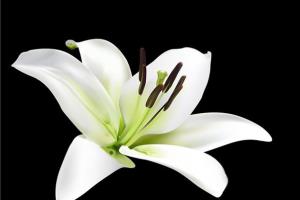Culture method of Malus flagelliflora
Tripterygium has the name of intestinal flower and homesick grass, which symbolizes homesickness and expresses the meaning of parting sadness. Next, I would like to share with you the breeding method of Tripterygium.
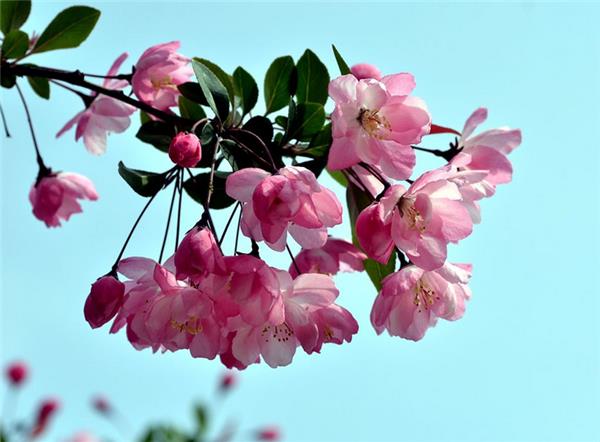
The Culture method of Begonia Flower
1. Soil: soil requirements are not strict, slightly acidic or slightly alkaline soil can grow, but the growth is better when the soil layer is deep, loose, fertile, good drainage and slightly clayey.
2. Sunshine: Begonia vermicularis likes sunshine, is not tolerant to shade, loves warm and humid environment, and is suitable for growing in places with plenty of sunshine and leeward.
3. Temperature: the suitable temperature for growth is 1528 degrees Celsius. Ground plants can withstand a low temperature of 150 degrees Celsius in winter, and potted plants can withstand a low temperature of 5 degrees Celsius. In summer, potted plants should be properly shaded, while spraying water to humidify and cool down. It is generally not necessary to put it indoors in winter, just bury the basin in the soil.
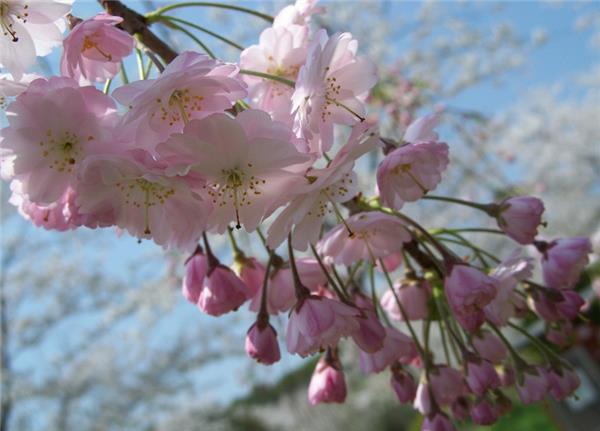
4. Watering: there should be sufficient water supply in the growing season, and no stagnant water shall prevail. More water should be watered in spring and summer, and water should be watered once in the morning and evening at high temperature in summer; drainage should be paid attention to during Meiyu and long rain to prevent stagnant water and rotten roots in the basin; reduce watering in autumn to inhibit growth, which is conducive to overwintering.
5. Fertilization: potted Tripterygium should be applied with thin cake fertilizer once a month during the growing season; quick-acting phosphate fertilizer should be applied once a month during flower bud differentiation; during flower bud differentiation, quick-acting phosphorus fertilizer should be applied continuously for 3 times, such as 0.2% potassium dihydrogen phosphate plus 0.1% urea mixture, to promote the completion of flower bud differentiation; topdressing should be stopped after defoliation in autumn and before sprouting in spring.
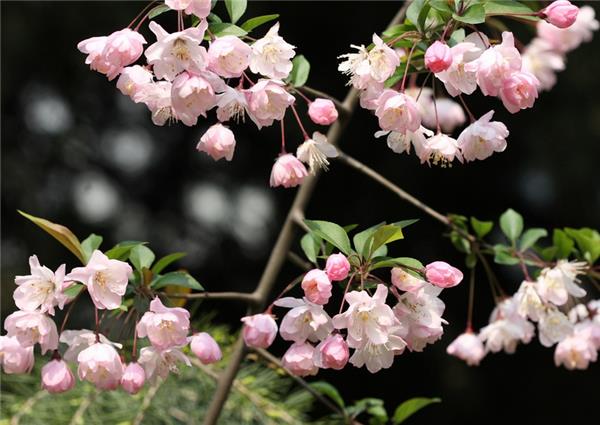
6. Insect pests: the common pests of Begonia verticillata are wax scale, apple aphid, red spider and so on. The main disease is scab. The commonly used agents are sulfur preparation diphacinone sodium, colloidal sulfur and internal absorbent fenuoning, etc., spray can choose 10% imidacloprid wettable powder 1000-1500 times liquid, 40% methophos emulsion 1500 times liquid and so on.
7. Pruning: first cut off weak branches, diseased branches, bad branches, and twigs growing from the trunk. Then see if there are any overlapping branches, and if so, cut them off properly. It is best to cut off the upward branches and let the buds grow as far as possible. If it is too long, it can be cut short and leave 2-3 buds.
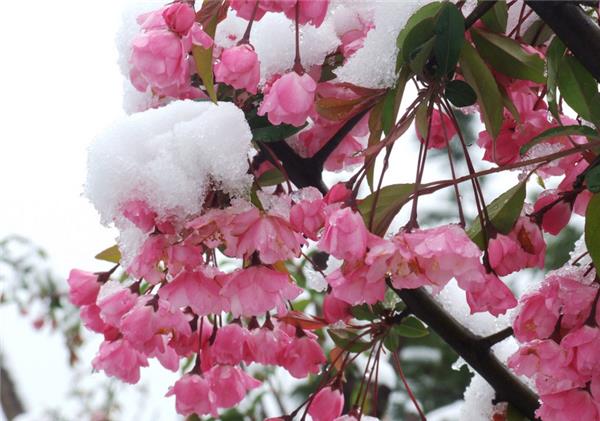
Let's learn more about the common pest control methods of crabapple.
(1) the horned wax scale. The nymphs and adults of this insect specially gather on the leaves and branches to absorb the sap of flowers and plants, which weakens the tree potential, affects the photosynthesis of flowers and trees, and aggravates the degree of damage. Control methods: ① combined with pruning, cutting off insect branches and concentrated burning, reducing the base number of overwintering. ② scraped the worms with bamboo or wiped the worms with sacks. ③ nymphs were sprayed with 1000 times 25% imidophos EC or 49% omethoate EC 1000 times or 80% dichlorvos EC 1000 times, once every 7 days.
(2) Apple aphid. This insect cluster harms flowers on the back of leaves and tender shoots. At the initial stage, the periphery of the leaf curled down, and then bent and rolled horizontally from the leaf tip to the petiole, affecting the growth of new shoots and flower bud differentiation. Control method: ① sprayed Baume 5-degree stone sulfur mixture before plant germination to kill overwintering eggs. ② spray 2000 times 50% parathion EC or 50% carbaryl wettable powder to control aphids during the aphid hazard period.
(3) red spider. Red spider, also known as Ye Zeng, often sucks on both sides of the leaves of the flower plant, withering and shedding the leaves and affecting the growth of the whole plant. Prevention and treatment methods: ① carefully found miscellaneous leather, diseased plants and diseased leaves in winter, and burned them. ② was sprayed with a 300x diluent of a wettable powder made from a mixture of 6% diclofenac and 6% dicofol.
Related
- Wuhan Hospital Iron Tree Blooming Result Was Instantly Frightened by the Gardener Master
- Which variety of camellia is the most fragrant and best? Which one do you like best?
- What is the small blue coat, the breeding methods and matters needing attention of the succulent plant
- Dormancy time and maintenance management of succulent plants during dormancy
- Minas succulent how to raise, Minas succulent plant pictures
- What are the varieties of winter succulent plants
- How to raise succulent plants in twelve rolls? let's take a look at some experience of breeding twelve rolls.
- Attention should be paid to water control for succulent plants during dormant period (winter and summer)
- Watering experience of twelve rolls of succulent plants
- Techniques for fertilizing succulent plants. An article will let you know how to fertilize succulent plants.



